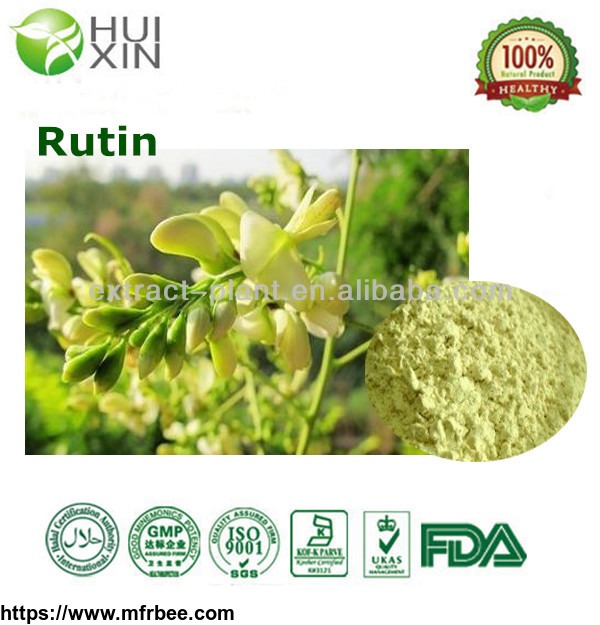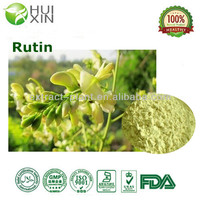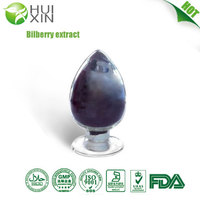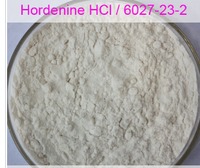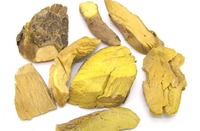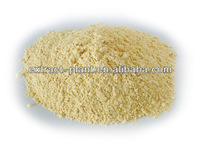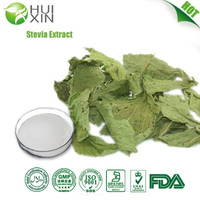Rutin
Product Quick Detail
- USD
- 25-40/KG
- Minimum Order
- 25
- Place Of Origin
- Hunan China
- Packaging
- 25kg each Durm
- Delivery
- 15 Days
Specifications
| latin name | Sophora Japonica L. |
| Synonym | Rutin Extract |
| CAS NO. | 153-18-4 |
| Plant resource | Flos Sophorae |
| Mian specification | Rutin Extract 95% |
| Appearance | Yellow Powder |
| Plant Part used | Flos Sophorae Flower Bud |
| Extract solution | Water |
| Test method | UV |
| Application | Applicable to various fields of pharmaceutical |
| Certificate | ISO9001(SGS), UKAS, GMP(NSF), KOSHER, HALAL, FDA |
| Type | Herbal Extract /Plant Extract |
| Form | Powder |
| Part | Flos Sophorae Flower Bud |
| Extract type | Solvent Extract |
| Packaging | The paper tube |
| Grade | Pharmaceutical Grade |
| Brande name | Huir/HUIR |
| Model NO. | 95% |
| Style | Rutin Extract |
| Color | Yellow |
| Molecular form | C27H30O16 |
| Molecular weight | 610.58 |
| Packaging Details | Small quantity with double plastic-bag inside and aluminum foil bag outside. Large quantity with 25kg/drum, or depends on clients requirement. |
| Function |
Help blood circulation Traditionally, rutin has long been used to aid circulation. It’s thought that rutin can help strengthen and increase flexibility in blood vessels, such as your arteries and capillaries. Prevents Blood Clots It has been shown to inhibit in vitro the vascular endothelial growth factor in subtoxic concentrations, so acts as an inhibitor of angiogenesis. Reduce arthritis One of rutin’s common uses is to ease arthritis pain. A study found that it aided in suppressing oxidative stress in people with arthritis. |
| Description |
Rutin, a natural citrus bioflavonoid, is extracted from the dry buds of sophora japonical. Rutin is a tasteless, yellow or greenish yellow crystalline powder that becomes plastic when heated between 185°C and 192°C and discomposed at 215°C. Rutin is practically insoluble in water while soluble in methanol and ethanol. It is a naturally occurring pigment. Rutin is classified as vitamin p which increases the strength of the walls of the blood capillaries and regulates their permeability. Others classified as vitamin p are catechin, citrin, eriodictin, hesperetin, hesperidin, nobiletin, quercetin,sinensetin, and tangeretin. |
- Contact: wade fu
